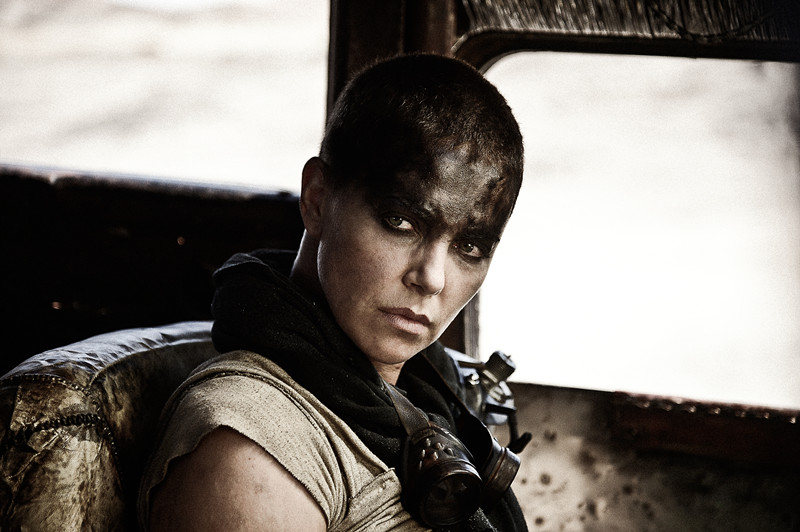
Sound and image are primarily what makes up a film. Sound is a crucial element to the filmmaking process but without any sound, a film cannot only still work but still be dazzling. It allows the filmmaker to be purely visual and tell their story in those terms.
This is what filmmakers had to deal with until Al Johnson shook things up in 1927. Now, over 90 years later, some films can work in this retrospective. They can still convey a story with pure emotion even with the sound completely off.
On this list are no films from the silent era as it would be a bit of a cheat. And it’s not saying these films are better with the sound off but films that can completely work without it whether being physical comedy, a action thriller or pure drama. Martin Scorsese said it best when he stated “sometimes I turn off the sound just to admire the pictures”.
1. Le Trou (1960)
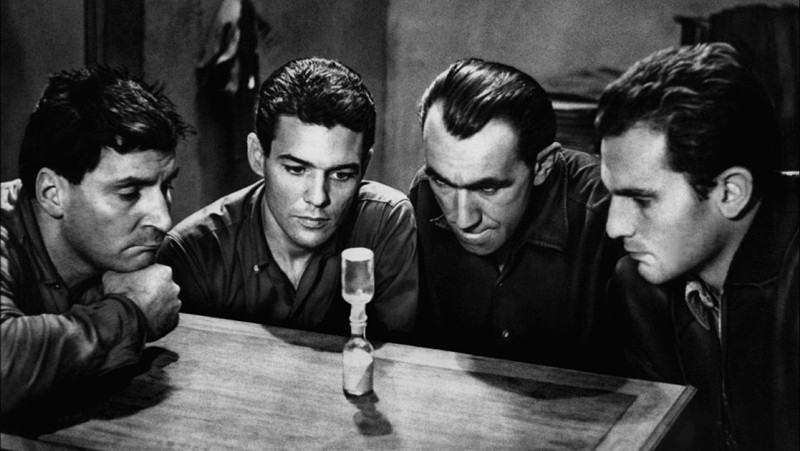
A true story based on the La Sante Prison escape in 1947, told from writer Jose Giovanni, a former criminal himself. This is an underrated masterpiece by Jacques Becker and he used all visuals to tell this story. The film has no score or music as he wanted the film to play out in real time just as it actually was, to even include Jean Keraudy who was actually involved.
The film features many long scenes with no words or minimal sound even being used. Becker wanted the film to be as silent as possible so the guards would hear what the five convicts were doing. For example, a long shot as the prisoners break through the floor, Becker and cameraman, Ghislain Cloquet, have the camera pointing at the floor and the audience is completely engaged.
As the film progresses and the prisoners get closer to breaking free, we get nearly a 15 minute scene where two of the prisoners are on the final attempts and try to avoid some guards. What follows is a cat and mouse hunt on the most minimal scale because the prisoners can’t make a sound, therefore Becker allows for pure visual movement to tell the film filled with tension and suspense.
Becker uses the camera with minimal sound all the way to the gut punch of an end for this underrated masterpiece of prison, French, and world cinema.
2. Blow Up (1966)
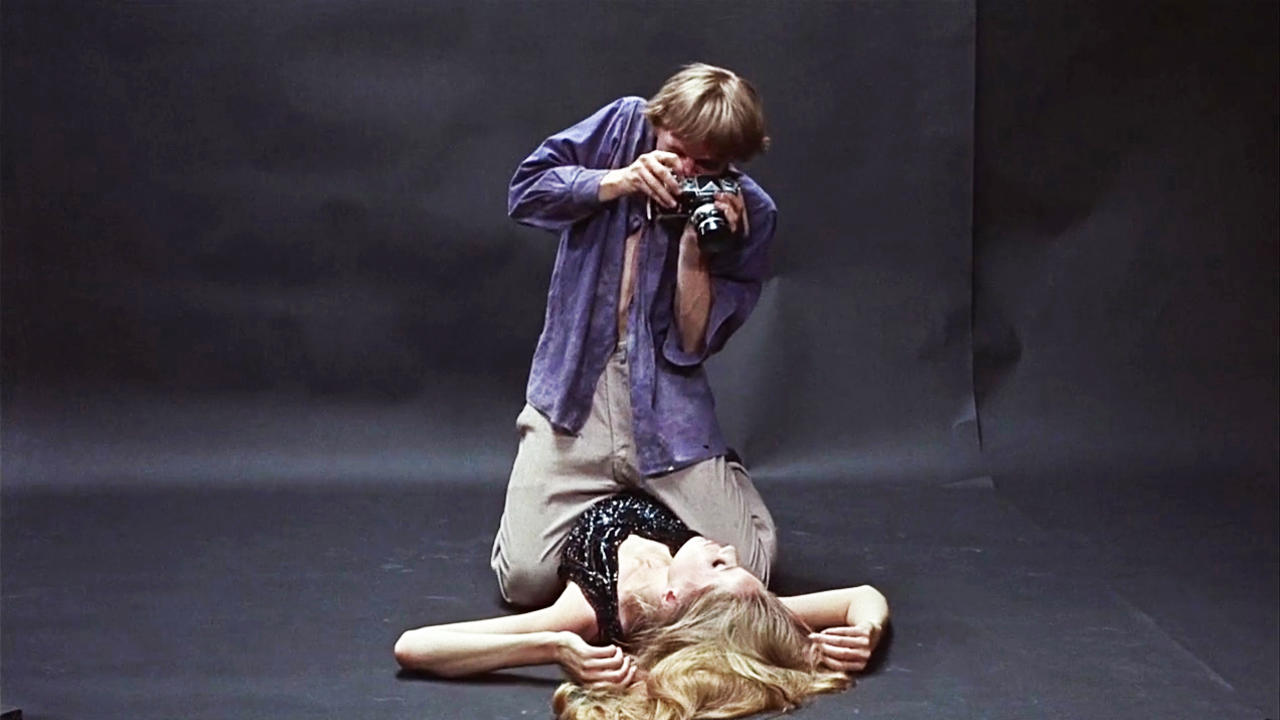
Michelangelo Antonioni has always used his imagery to convey what he wanted, whether isolation in a modernizing world, ennui and longing as a lost individual, or in this case, a film with numerous subtext but essentially about a photographer who might have witnessed a murder.
Maybe Antonioni wanted to rely even more on the imagery being an English language film and not in his native tongue. Regardless, we get another quiet film where even the simplest scenes not just show us what’s going on but allows the audience to draw upon their own conclusions. Take David Hemmings actually developing the photographs, he and the audience start to see that a man might have committed murder. Or maybe as he chases girls around London only to led to himself wondering around aimlessly in Antonioni fashion.
With stunning cinematography by Carlo Di Palma, it is not difficult to admire the color of the swinging 60s London or the composition of each frame. But maybe even here more than ever, the audience is crucially involved in solving the mystery as is Hemmings, maybe even more than other Antonioni films because here, his characters know what they want or have a goal, instead of being filled with existentialism or ennui.
After after 50 years, the film is a strictly visual film with amazing scenes of staging, mis-en-scene, and composition to what actually occurred in the park that day, all from silent photographs.
3. Mad Max: Fury Road (2015)
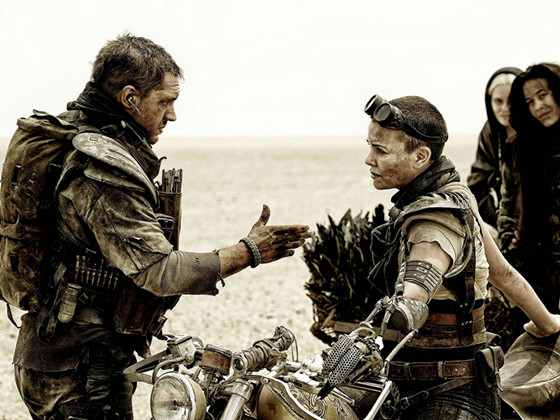
George Miller returned to his creation of the wasteland after 30 years and he did not disappoint. What followed was an insane chase film through the desert filled with eye popping visuals. It’s not to say the sound design and mix here isn’t crucial because it is amazing work. However, even Miller himself released a black and white version with only Junkie XL score, therefore, essentially becoming a silent film.
The film has been proven to exist as a silent film. Tom Hardy and Charlize Theron give such narrowed performances, not saying in a one dimensional way, but in a physicality that we understand what they want and how they go about getting it. No frame on the actors or the action is too long but purposely edited in that fashion.
Miller’s story is not a complex one and he uses the camera to explore the wasteland and the chaos of the chase. He told a story on pure visual adrenaline and insanity that only he could do. There is never a dull moment or when sound, despite being an exemplary model of what sound can do, is needed to show what is being told emotionally to the audience.
Almost all of the Mad Max franchise can be stripped down to pure visuals, but in its fourth installment, Miller outdid himself on a grand level of action story telling.
4. L’Atalante (1934)

The only feature film from Jean Vigo is an undisputed masterpiece of what cinema can be. HE created one of the great love stories of our time in a dreamy, almost surreal landscape filled with pure humanity. This humanity is able to be conveyed through Michel Simon, Dita Parlo, and Jean Daste. Of course with the beautiful imagery photographed by Boris Kaufman.
The film was made in 1934 so still while silent films where getting released and made but is far lesser proportions. However, Vigo didn’t shy away from visual story telling, he always his actors to float along the river, dancing uncontrollably, and scene which lingers in the mind forever as Daste is underwater. Vigo allows his actors to use their bodies and of course, stunning faces to convey what they are feeling. Some of the close ups on Parlo are the greatest and most memorable they can be framed, no sound is required.
Vigo created an almost poem with little dialogue or even sound is required. He captured a world that was rarely seen and has been seen since. There’s a reason New Wave directors such as Francois Truffaut consistently returned to this film before making their own features. After watching ‘L’Atalante’, one feels like they experienced a dream inside of someone’s head. Unfortunately, due to his death at the age of 29, Vigo had more to say, but said an eternity through his film here with the minimal amount of words and sound.
5. Rear Window (1954)
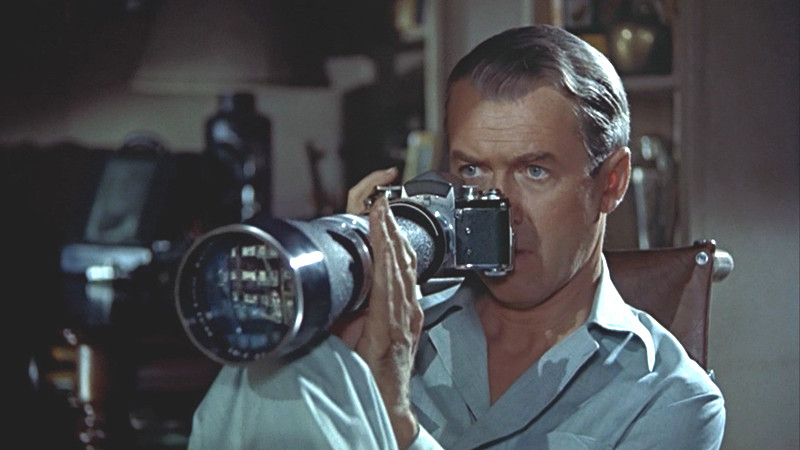
No list about films that work with the sound completely off could be complete without the Master of Suspense, Alfred Hitchcock. A man whose storyboarded every frame of his films and then simply brought the images to life. He did so beautifully in one of the great openings of film in ‘Rear Window’. He was able to set the tone, story, characters, setting, and feeling in just the first 5 minutes, no sound is required.
We open as the camera floats amongst the tenants of several apartments, seen from the point of view from Jeff played by James Stewart. We get familiar where each tenant is placed, what they do, what they wear, who is with them or if they have guests, etc. Each of these actors body language says what we need to know about them as they behave in private. Same goes for Jeff as Grace Kelly enters the film.
The film continues to play out through Stewart’s binoculars and lurking amongst his neighbors as he waits for his leg to heal. Hitchcock is a meticulous visual story teller but with this film, he introduced in all visuals and no sound, because it was too far for the protagonist to hear. Therefore, the audience didn’t need to hear anything either and we understand what was happening and the overall mood on the piece.